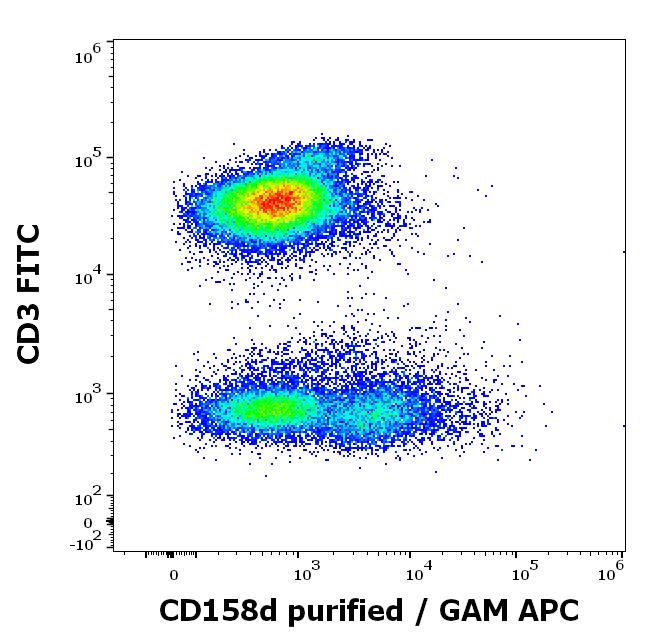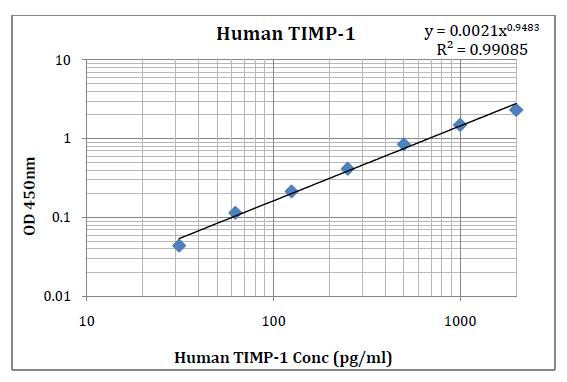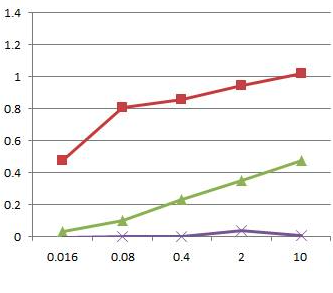Human Osteopontin / SPP1 / ETA-1 Recombinant Protein (His Tag)(Discontinued)
Shipping Info:
For estimated delivery dates, please contact us at [email protected]
| Amount : | 200 µg |
| Purification : | > 80 % as determined by SDS-PAGE |
| Content : | Formulation Lyophilized from sterile PBS, pH 7.4 Normally 5 % - 8 % trehalose, mannitol and 0.01% Tween80 are added as protectants before lyophilization. |
| Storage condition : | Store it under sterile conditions at -20°C to -80°C. It is recommended that the protein be aliquoted for optimal storage. Avoid repeated freeze-thaw cycles. |
| AA sequence : | Met1-Asn314 |
| Alternative Name : | BNSP Protein, BSPI Protein, ETA-1 Protein, OPN Protein, |
Source : HEK293 Cells
Osteopontin, also known as Secreted phosphoprotein 1, Bone sialoprotein 1, BSP-1, OPN, and SPP1, is a member of the osteopontin family and a SIBLING glycoprotein. Osteopontin has been classified as T-helper 1 cytokine and thus believed to exacerbate inflammation in several chronic inflammatory diseases, including atherosclerosis. Besides proinflammatory functions, physiologically Osteopontin is a potent inhibitor of mineralization, it prevents ectopic calcium deposits and is a potent inducible inhibitor of vascular calcification. Osteopontin is expressed and secreted by various cells, and has a role in cell adhesion, chemotaxis, prevention of apoptosis, invasion, migration and anchorage-independent growth of tumor cells. Osteopontin recruitment functions of inflammatory cells are thought to be mediated through its adhesive domains, especially the arginine-glycine-aspartate (RGD) sequence that interacts with several integrin heterodimers. Osteopontin has emerged as a potential biomarker and mediator in cardiovascular disease. In the context of atherosclerosis, OPN is generally regarded as a proinflammatory and proatherogenic molecule. However, the role of OPN in vascular calcification (VC), which is closely related to chronic and active inflammation, is that of a negative regulator because it is an inhibitor of calcification and an active inducer of decalcification. Extensive research has demonstrated the pivotal participation of Osteopontin in the regulation of cell signaling which controls neoplastic and malignant transformation. The elevated expression of Osteopontin has been observed in a variety of cancers. It has been linked with tumor metastasis and signifies a poor prognosis for the patient.
Measured by the ability of the immobilized protein to support the adhesion of HEK293 human embryonic kidney cells. When cells are added to coated plates(2µg/mL, 100µL/well), approximately 60% will adhere after 1 hour of incubation at 37°C.
Endotoxin :< 1.0 EU per µg of the protein as determined by the LAL method
For Research Use Only. Not for use in diagnostic/therapeutics procedures.
|
There are currently no product reviews
|




















.png)









